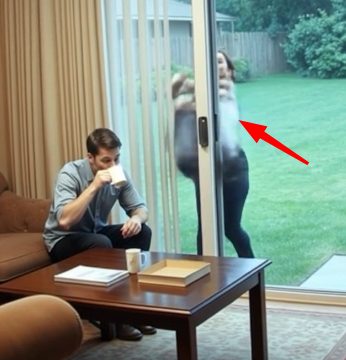Glass top stoves are a favorite in many American kitchens today, thanks to their modern, sleek design and easy-to-clean surface. Unlike the old-fashioned coil burners that collect grime and food particles in tough-to-reach spots, glass tops offer a smooth, flat surface that makes wiping up spills quick and painless. They add a stylish, contemporary touch to any kitchen while also being practical and efficient.

But don’t let their polished look fool you—glass top stoves are not indestructible. One surprisingly common mistake can lead to serious and costly damage: placing a hot lid directly onto the glass surface. While it may seem harmless, this habit can actually put your entire cooktop at risk. The problem comes from the heat that remains trapped between the hot lid and the cooler surface of the stove. When you place a hot lid face-down on the glass, it can form a vacuum seal. This seal causes the lid to stick tightly, and as the glass and lid cool unevenly, pressure builds up on the surface. Over time, this pressure can result in tiny spiderweb-like cracks, or worse, cause the glass to completely shatter.
The damage might not be visible right away. But each time you place a hot lid on the cooktop, you add stress to the material. Eventually, the repeated heating and cooling cycles will expand those tiny flaws, turning them into bigger, more dangerous cracks. A cracked glass cooktop isn’t just unsightly—it’s a serious safety concern. Once a crack appears, the structural integrity of the glass is compromised. That means under the right (or wrong) conditions—like applying heat or putting weight on the surface—the cooktop could break entirely, sending sharp shards of glass flying through your kitchen.
Cracks can also affect how the stove works. They can interfere with the heating elements underneath the glass, leading to uneven cooking, burned meals, or undercooked food. Worse yet, if the crack is deep enough, it could expose electrical components, which increases the risk of electric shock or even fire. That’s why preventing damage is so important. The good news? It’s not hard to keep your glass top stove in great shape if you adopt a few simple habits.
First and most importantly, never place a hot lid directly on your glass stove. Always rest it on a heat-safe trivet, a silicone pad, or a cool section of your countertop instead. This prevents the vacuum seal effect and helps distribute heat more evenly. Second, be selective about the cookware you use. Pots and pans with smooth, flat bottoms are ideal because they heat evenly and are gentle on the glass. Avoid warped or rough-bottomed cookware, which can scratch the surface and gradually weaken the material. Heavy cookware like cast iron should be handled with care—if it’s dropped on the glass, even once, it could crack the entire cooktop.
Next, cleanliness matters more than you think. Food spills, grease, and crumbs can become hard and abrasive when left to bake onto the surface. Over time, this grime creates pressure points that can weaken the glass. After each use, let the cooktop cool, then wipe it down with a soft cloth and a gentle, non-abrasive cleaner that’s specifically designed for glass stoves. Avoid steel wool or harsh scrubbing pads that could scratch the finish.
Weight is another important factor. While tempered glass is strong, it has its limits. Don’t stack heavy pots, place countertop appliances, or rest grocery bags on your stove’s surface. Even everyday pressure can add up and lead to cracks. If you ever see a crack or spiderweb pattern on your stove, stop using it immediately. Continuing to cook on a compromised surface can make the damage worse and create a real safety hazard.
<
It’s important to assess the damage properly. Minor surface scratches might just be cosmetic, but deeper cracks almost always mean the stove is unsafe to use. In such cases, your best move is to call a licensed technician. Glass top stoves are precision appliances, and most serious damage will require a full cooktop replacement. DIY repairs might sound like a good idea, but improper handling could lead to electrical risks or void your warranty.
Though a professional repair or replacement might come with a high price tag, it’s still far cheaper—and safer—than dealing with potential injuries or a kitchen fire. In the end, your glass top stove is more than just a cooking surface—it’s an investment in the comfort, beauty, and safety of your home. With just a little extra care and awareness, you can extend its life and avoid expensive repairs. So next time you’re tempted to set a hot lid on the stove, remember: a small change in habit today can save you big tomorrow.





